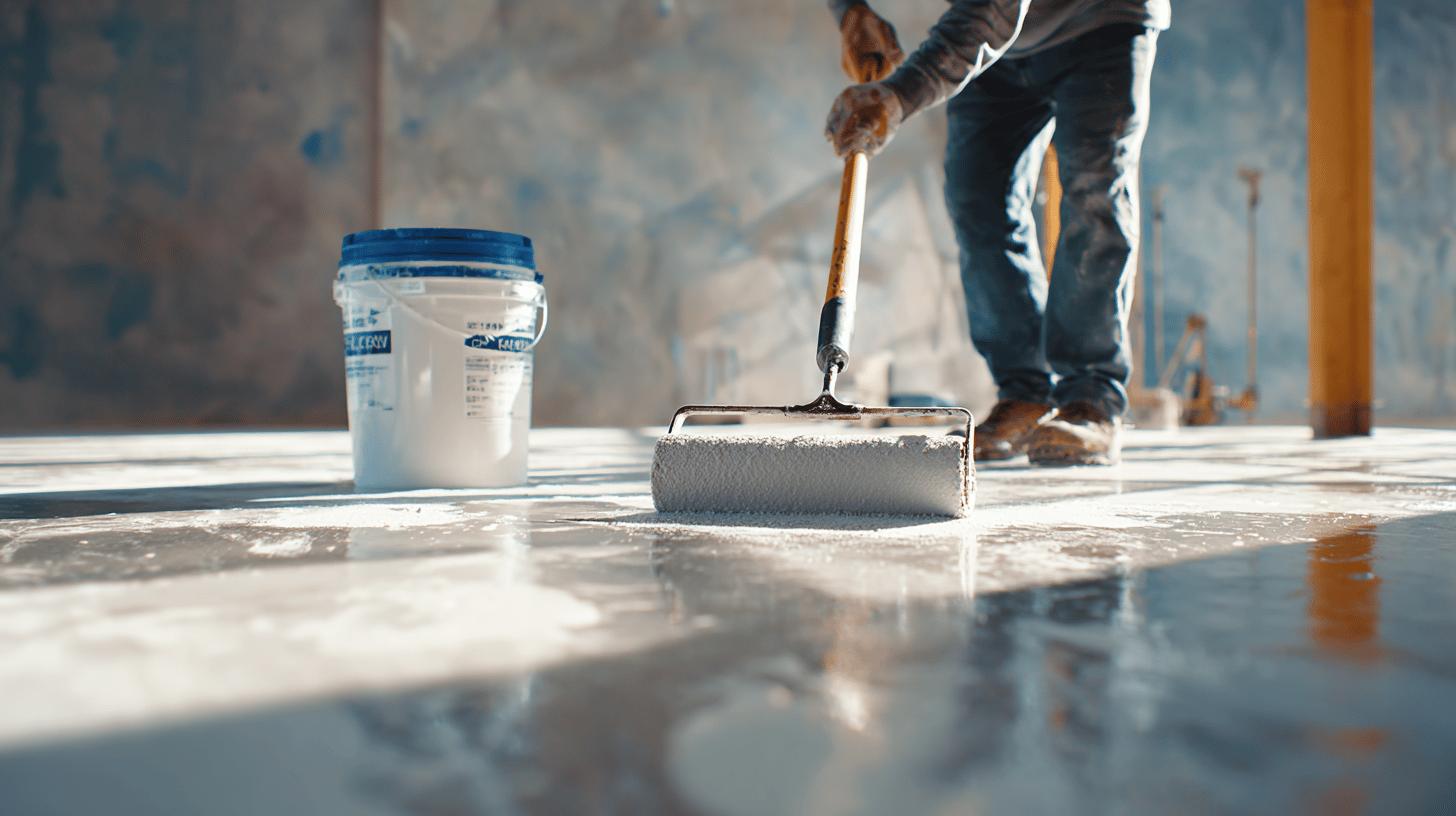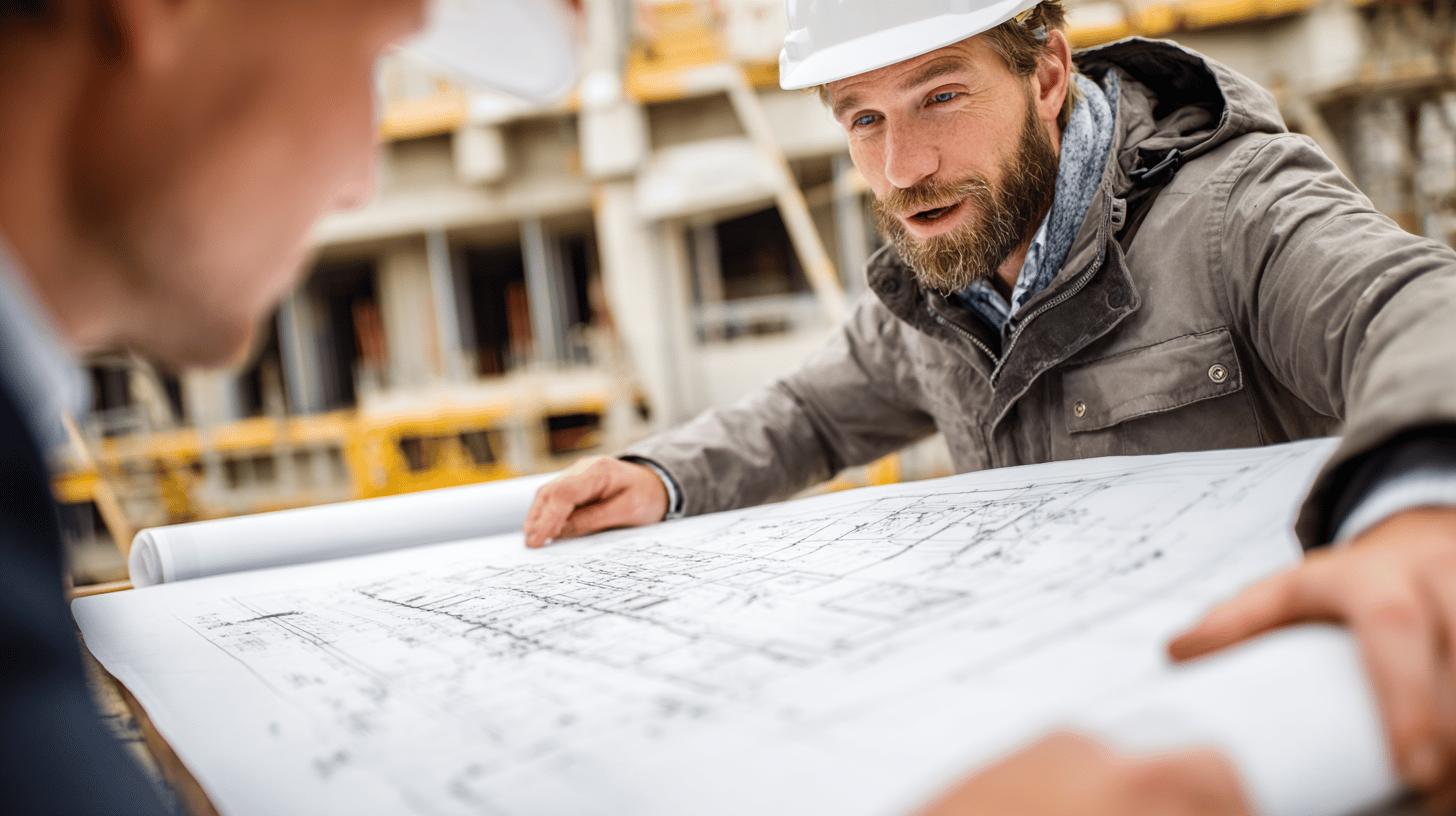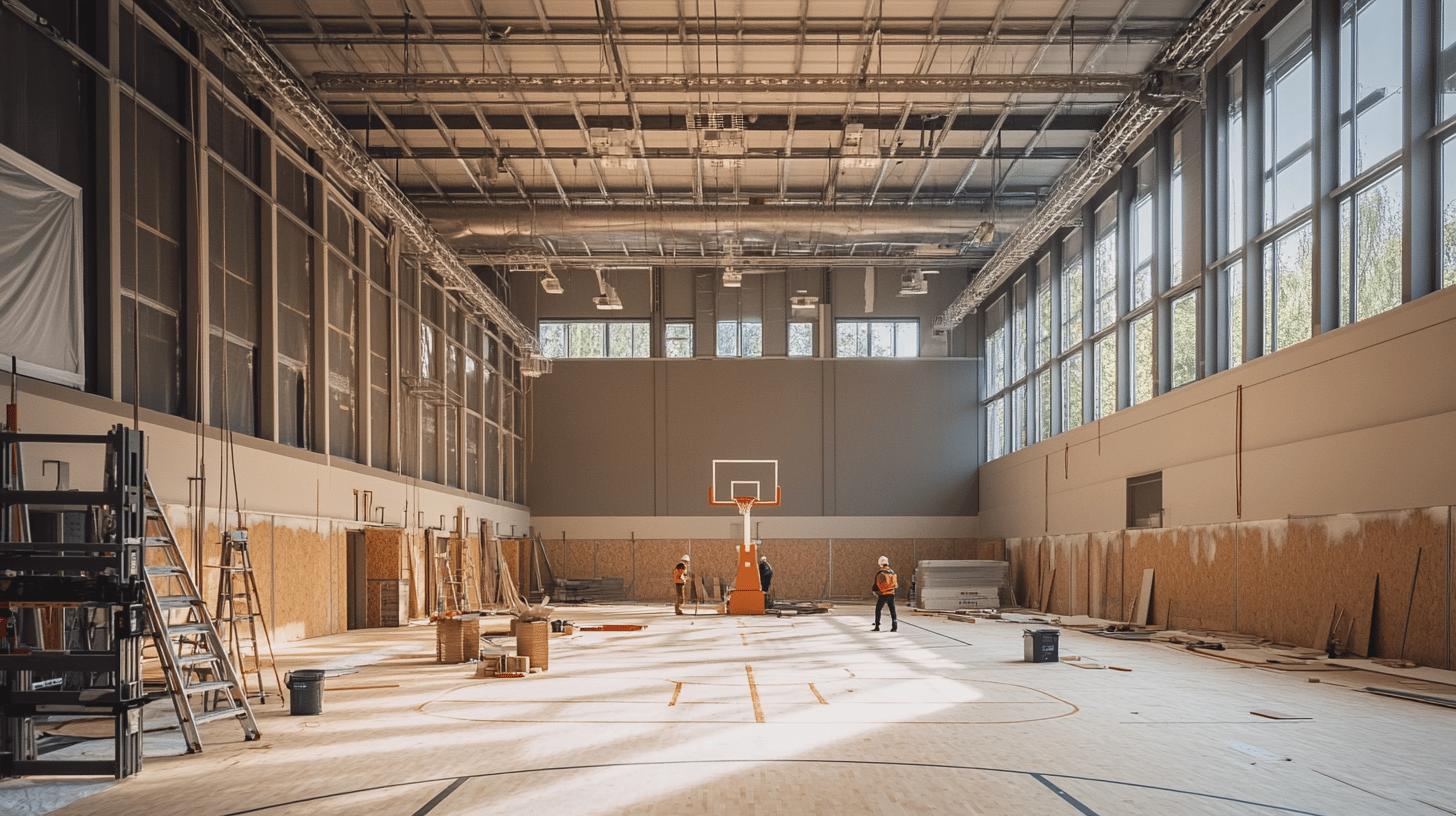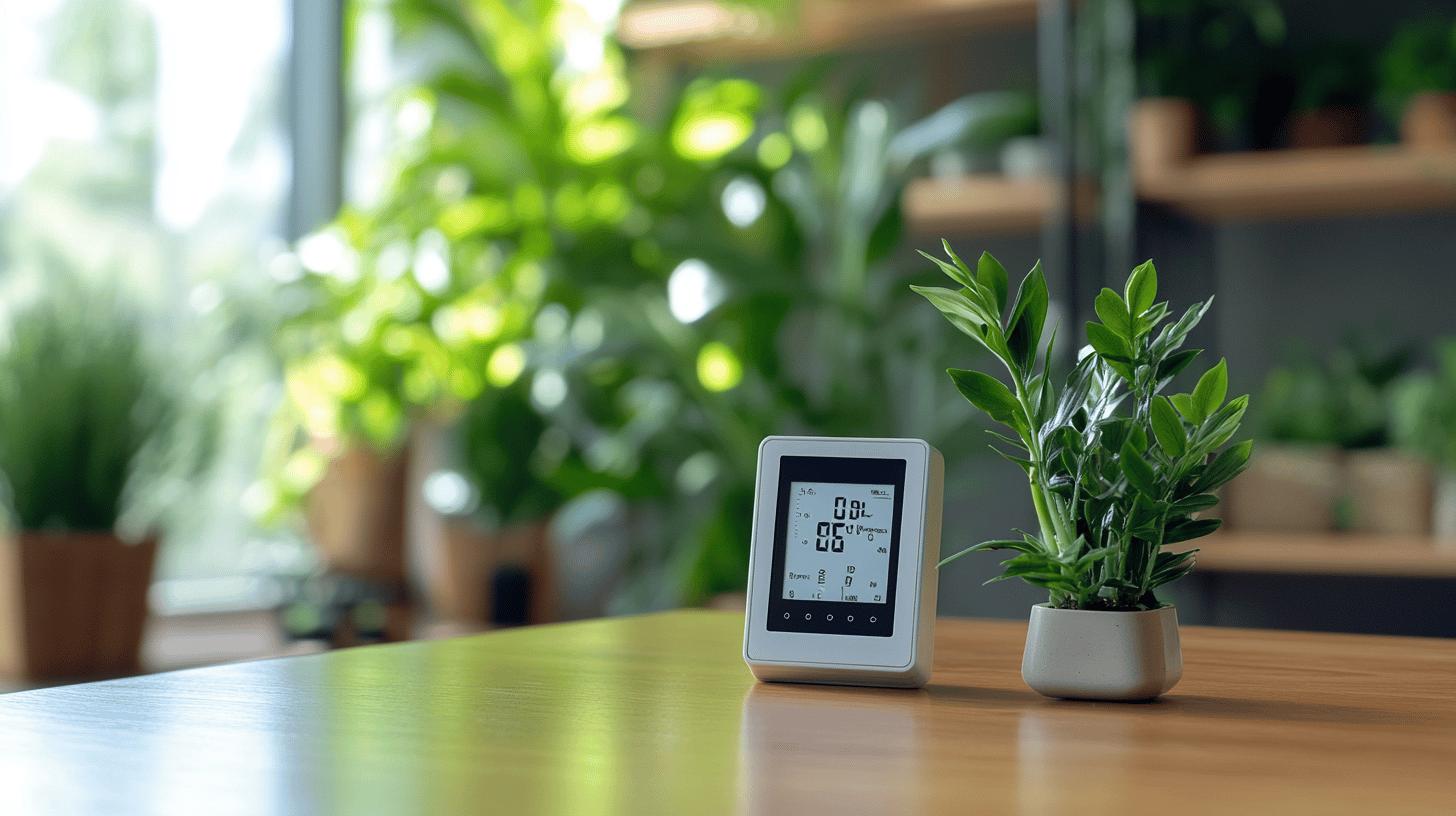Could the seemingly minor issue of sub-floor moisture be the unseen danger undermining your indoor sports facility investment? Particularly in the UK’s challenging climate, managing moisture beneath your floors isn’t just an option—it’s a prerequisite for long-term durability. Moisture mitigation membranes act as a crucial barrier, preventing the costly consequences of water damage and ensuring your facility remains in peak condition. As dictated by British Standards, these membranes are essential for safeguarding your floors from moisture ingress. Delve deeper into why moisture control isn’t merely preventative but absolutely mandatory for maintaining the aesthetic and structural integrity of your investment.
Understanding Moisture Mitigation Membranes
Moisture mitigation membranes serve as a critical component in protecting sub-floors from moisture-related failures. What are moisture mitigation membranes? They are impervious layers designed to prevent moisture from penetrating sub-floors, thereby avoiding potential damage such as warping, buckling, and adhesive degradation. These membranes act as a barrier, ensuring that moisture does not compromise the integrity of flooring systems. Their primary role is to maintain a dry sub-floor environment, which is essential for the longevity and performance of various flooring types. By implementing these membranes, construction projects can significantly reduce the risk of costly repairs and replacements.
The UK climate, characterised by high levels of rainfall and humidity, underscores the necessity of moisture mitigation membranes. Why are these membranes crucial in the UK? The consistent moisture levels in the environment can lead to structural and health issues if not adequately controlled. Moisture ingress can compromise the structural performance of floors and lead to issues such as mould growth, which poses health risks. Therefore, moisture mitigation membranes are indispensable in preventing these problems and ensuring that indoor spaces remain dry and healthy. Their use is not only a precautionary measure but a fundamental aspect of building design in moisture-prone areas.
British Standards play a vital role in setting the guidelines for moisture mitigation membranes. What does British Standards require for these membranes? They stipulate a minimum thickness of 1200 gauge (300 micrometres) to effectively prevent moisture ingress. Compliance with these standards is crucial as non-conformance can lead to structural damage and legal liabilities. The standards ensure that the membranes provide adequate protection and durability, supporting the long-term performance of the flooring systems. By adhering to these guidelines, construction projects can ensure that they meet the necessary safety and quality benchmarks, providing peace of mind for builders and end-users alike.
The Benefits of Moisture Mitigation Membranes
How do moisture mitigation membranes protect sub-floors from damage? They act as a formidable barrier against moisture ingress, preventing detrimental effects such as warping, buckling, and adhesive degradation. By creating an impermeable layer between the sub-floor and potential moisture sources, these membranes ensure that the flooring systems remain intact and functional. Moisture mitigation membranes are crucial in maintaining the structural integrity of both residential and commercial flooring installations. They serve as a proactive solution, addressing moisture-related issues before they manifest into costly repairs or replacements.
What are the long-term benefits and cost savings associated with moisture mitigation membranes? Implementing these membranes significantly extends the lifespan of flooring systems, ensuring structural longevity. By mitigating moisture-related damage, they reduce the frequency of maintenance and repair needs, which translates to substantial cost savings over time. Furthermore, moisture mitigation membranes contribute to healthier indoor environments by preventing conditions conducive to mould growth. Builders and property owners benefit from the reduced liability and enhanced value of their investments, making moisture control a wise and cost-effective strategy.
Specific structural issues prevented by moisture mitigation membranes include:
- Warping of wooden floors
- Buckling of sub-floor materials
- Adhesive failure in vinyl or tile installations
- Mould growth beneath flooring systems
- Compromised structural integrity due to moisture expansion
.
Installation Techniques for Moisture Mitigation Membranes

Proper installation of moisture mitigation membranes is critical to their effectiveness in preventing sub-floor failures. Why is precise installation important? High precision in positioning and sealing the membranes ensures that moisture is effectively barred from penetrating sub-floors. Incorrect installation can lead to gaps or unprotected areas, which may allow moisture ingress and compromise the flooring system’s integrity. Therefore, attention to detail during installation is essential to maximise the lifespan and performance of these membranes.
Surface Preparation
What is the first step in preparing a surface for moisture mitigation membranes? The initial step involves thorough cleaning and assessment of the substrate. Removing all contaminants, such as dust, oils, and debris, is crucial to ensure the membrane adheres properly. Evaluating the surface for cracks or unevenness helps identify areas that may require additional attention. Surface profiling, like grinding or shot blasting, may not always be necessary if the substrate is already in pristine condition. However, ensuring a clean and stable surface is vital to support the membrane’s effectiveness and longevity.
Applying the Membrane
How are moisture mitigation membranes applied? The application process involves several critical steps:
- Positioning: Begin by positioning the membrane correctly relative to the concrete and insulation layers. This alignment is key to creating a continuous moisture barrier.
- Sealing: Ensure all seams and edges are meticulously sealed. Using specialised sealing techniques helps prevent potential moisture paths.
- Product Selection: For quick application, products like LiquiDam EZ are recommended. These are designed to fit into tight construction schedules, offering efficiency without sacrificing quality.
- Final Checks: Conduct a thorough inspection to confirm that the membrane is securely applied and free from defects.
These steps, when executed with precision, ensure that the moisture mitigation membrane performs optimally, providing robust protection against moisture ingress.
.
Case Studies: Sub-Floor Failures Without Moisture Mitigation
What are common failure scenarios in sub-flooring systems when moisture mitigation is neglected? High precision in acknowledging the risks associated with inadequate moisture control reveals that sub-flooring systems often suffer from severe issues such as warping, buckling, and adhesive degradation. These problems arise when moisture is allowed to penetrate the sub-floor, undermining the structural integrity and leading to costly repairs. The lack of proper moisture mitigation strategies can transform minor moisture exposure into significant structural failures, necessitating comprehensive interventions to rectify the damage.
How does a specific case study illustrate the consequences of neglecting moisture mitigation? In a residential development in the UK, moisture ingress without adequate moisture mitigation led to extensive sub-floor damage within just one year of installation. The floors showed signs of warping and adhesive failure, resulting in an unsafe environment and a substantial financial burden. The repair costs escalated to over £50,000, encompassing the removal and replacement of damaged flooring, additional moisture mitigation measures, and extended downtime for the occupants. This case underscores the critical importance of implementing robust moisture mitigation strategies from the outset to safeguard against such costly and disruptive outcomes.
Comparing Moisture Mitigation Membranes to Other Solutions
How do moisture mitigation membranes differ from waterproofing? Precision dictates that moisture mitigation membranes specifically address vapour transmission through sub-floors, whereas waterproofing focuses on preventing liquid water penetration. Waterproofing is not a substitute for moisture mitigation because it does not adequately address the vapour emission from concrete slabs, which is critical in preventing sub-floor failures. Moisture mitigation membranes create an impervious barrier designed to control moisture vapour, thereby safeguarding flooring systems from damage such as warping, adhesive degradation, and mould growth. In construction, both solutions may be necessary but serve different purposes within a comprehensive moisture management strategy.
What alternatives exist to moisture mitigation membranes, and how do they compare? Traditional options such as epoxy coatings have been widely used for their robustness in moisture control. However, innovative products like TEC’s LiquiDam EZ provide distinct advantages, including faster application times and compatibility with tight construction schedules. LiquiDam EZ offers a single-coat application that cures quickly, enabling rapid project progression while maintaining effective moisture vapour control. This modern solution exemplifies advancements in membrane technology, catering to the evolving needs of construction damp-proofing and building moisture solutions.
| Solution | Key Features |
|---|---|
| Moisture Mitigation Membranes | Impervious to moisture vapour, prevents sub-floor failures |
| Epoxy Coatings | Robust, traditional moisture control, longer curing times |
| TEC’s LiquiDam EZ | Quick application, single-coat, compatible with tight schedules |
Cost Considerations and Insurance Aspects of Moisture Mitigation

How does moisture mitigation impact costs? Moisture mitigation may initially appear expensive; however, it significantly reduces costs associated with flooring failures. By preventing issues like warping, buckling, and adhesive degradation, these membranes avert substantial repair expenses. Implementing moisture mitigation minimises the risk of costly downtime and floor replacements, offering a cost-effective solution in the long run. Although the upfront investment in moisture control may be higher, the potential savings from avoiding structural failures and maintaining floor integrity justify the expense.
What insurance benefits does moisture mitigation provide? Employing a single manufacturer for all moisture mitigation components can lead to extended warranties, enhancing flooring warranty protection. This not only assures quality but also offers peace of mind regarding future repairs. Furthermore, investing in comprehensive moisture mitigation reduces builder liability. It ensures long-term defence against moisture damage, safeguarding against potential legal and financial repercussions. These insurance aspects make moisture mitigation a prudent decision, reinforcing the structural reliability of flooring systems and protecting investments.
Final Words
Navigating the complexities of flooring installations becomes more manageable with moisture mitigation membranes.
These membranes serve as an impermeable barrier, essential in the UK’s damp climate, ensuring sub-floors are safeguarded against moisture ingress.
Emphasising their benefits, membranes not only prevent structural issues, such as warping and buckling but also extend flooring life and reduce repair costs.
Proper installation is critical, with products like LiquiDam EZ streamlining this process.
Ultimately, moisture mitigation membranes are a sound investment, offering insurance against potential sub-floor failures and enhancing the durability of flooring systems.
How Climate and Humidity Impact Sports Flooring Quality
Book RH test → Sports Hall Inspection
FAQ
Moisture Mitigation Products
A moisture mitigation product creates an impervious barrier, protecting sub-floors from moisture damage. They are crucial for maintaining floor integrity in regions with high rainfall or humidity, such as the UK.
Moisture Mitigation System
A moisture mitigation system includes materials and installation procedures to prevent moisture-related sub-floor failures, which enhance durability and longevity of the flooring system.
Rising Damp Treatment Cost
Rising damp treatment costs can vary widely based on the severity of the problem and the specific solutions implemented. Consulting with a local expert will provide an accurate estimate.
House Insurance and Dampness
Most house insurance policies do not cover pre-existing damp issues. However, damage resulting from covered perils that lead to dampness might be addressed, depending on your policy.
Moisture Barrier for Concrete Subfloor
A moisture barrier for concrete subfloors acts as a shield against moisture ingress. This prevents potential damage like warping or debonding of floor coverings.
Moisture Mitigation Importance
Moisture mitigation is a crucial process to prevent water-related damage to sub-floors. It significantly reduces the risk of structural deterioration and expensive repairs.
Preventing Floor Moisture
Preventing floor moisture involves installing moisture barriers, ensuring proper drainage, and regular maintenance to prevent water ingress into sub-flooring systems.
British Standards for Moisture Mitigation Membranes
In the UK, moisture mitigation membranes must adhere to the British Standards, which require a minimum thickness of 1200 gauge (300 micrometres) for effective moisture prevention.


